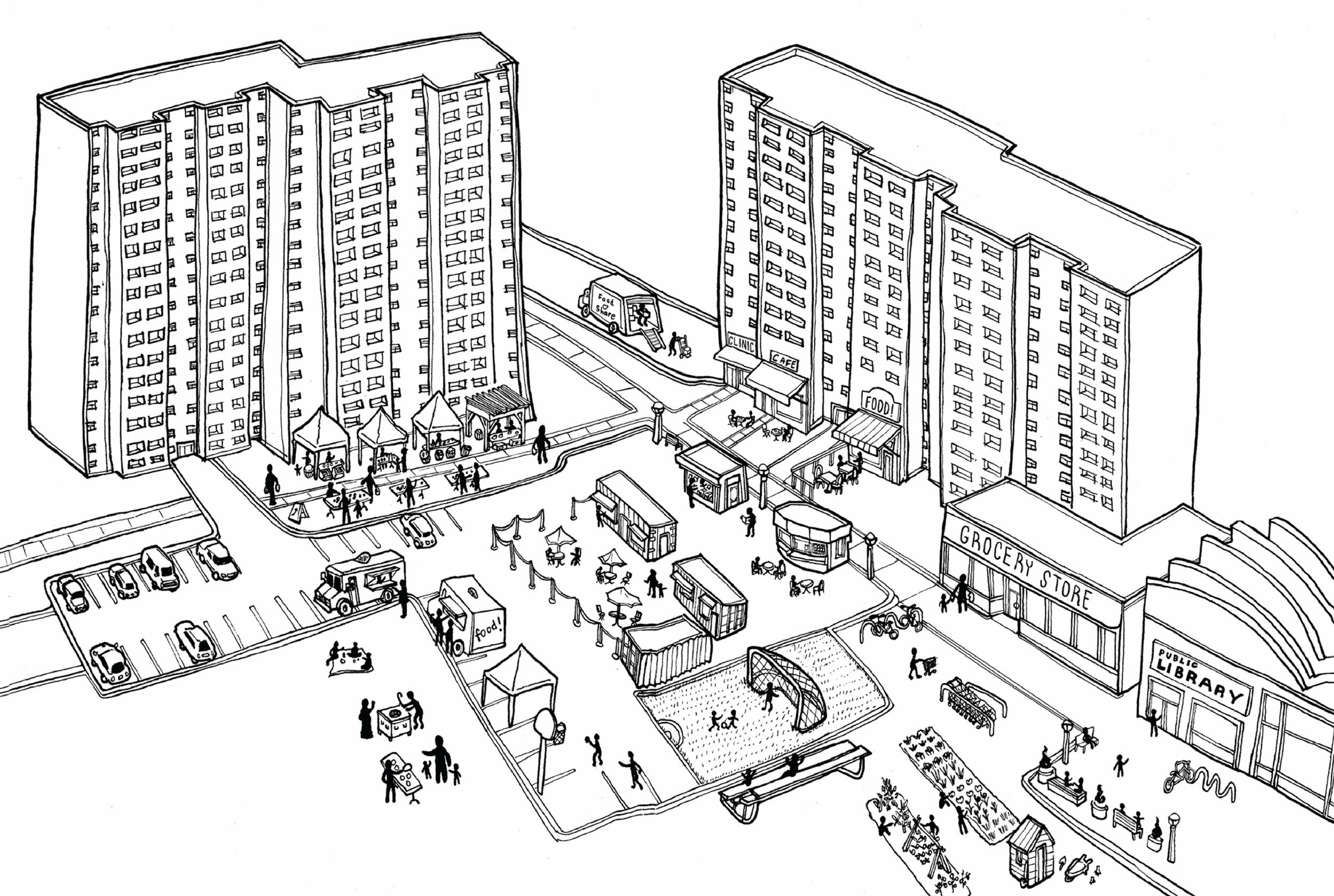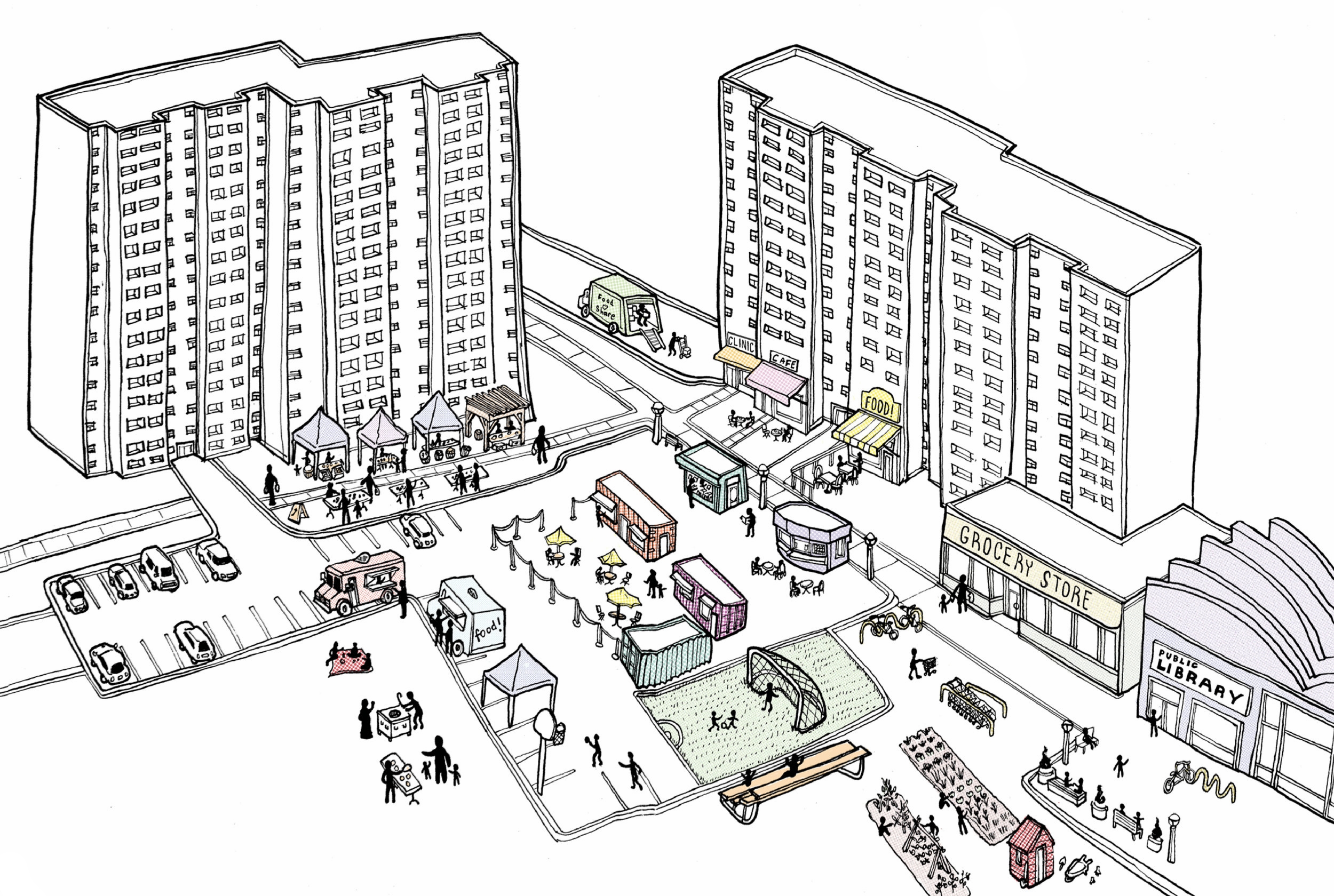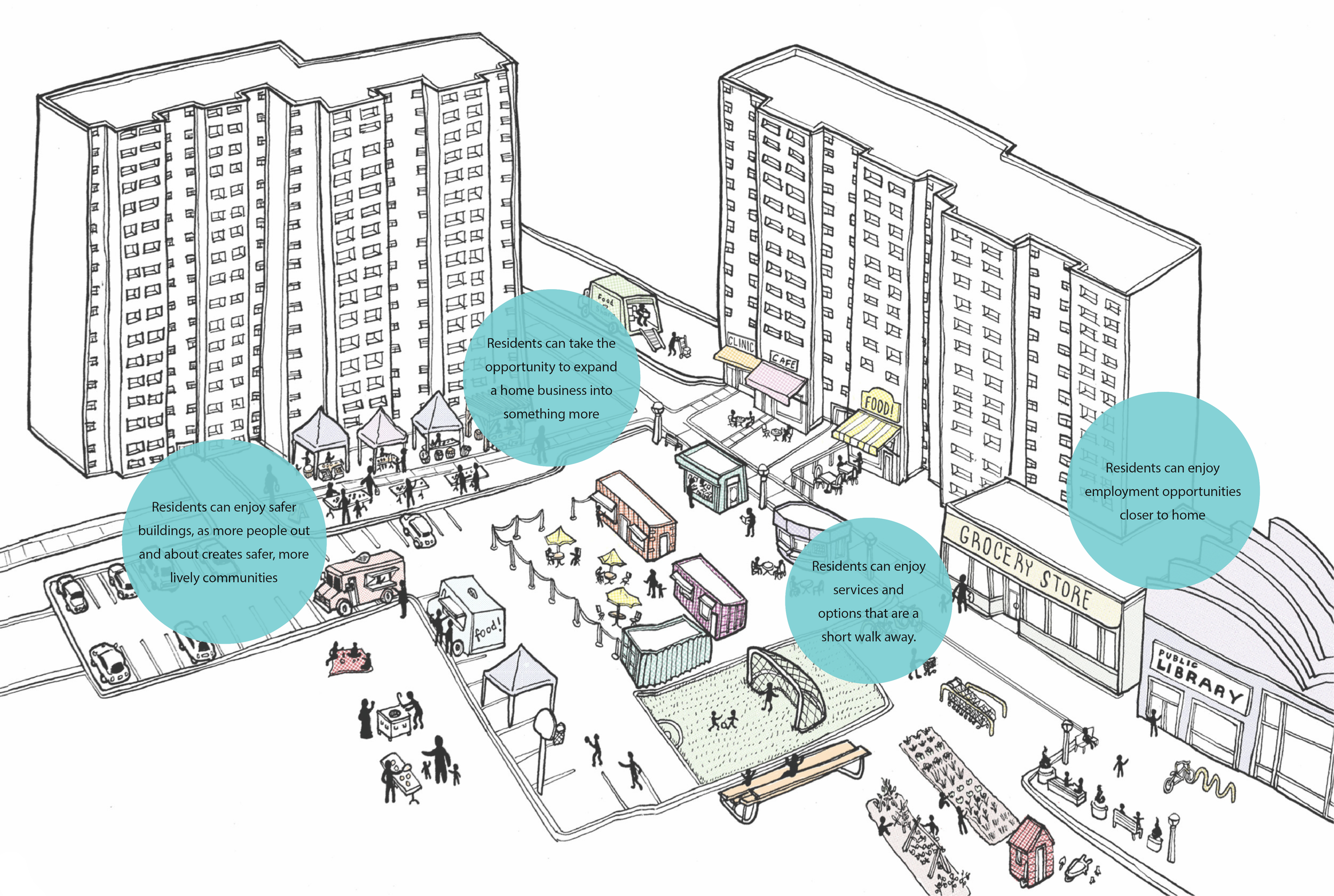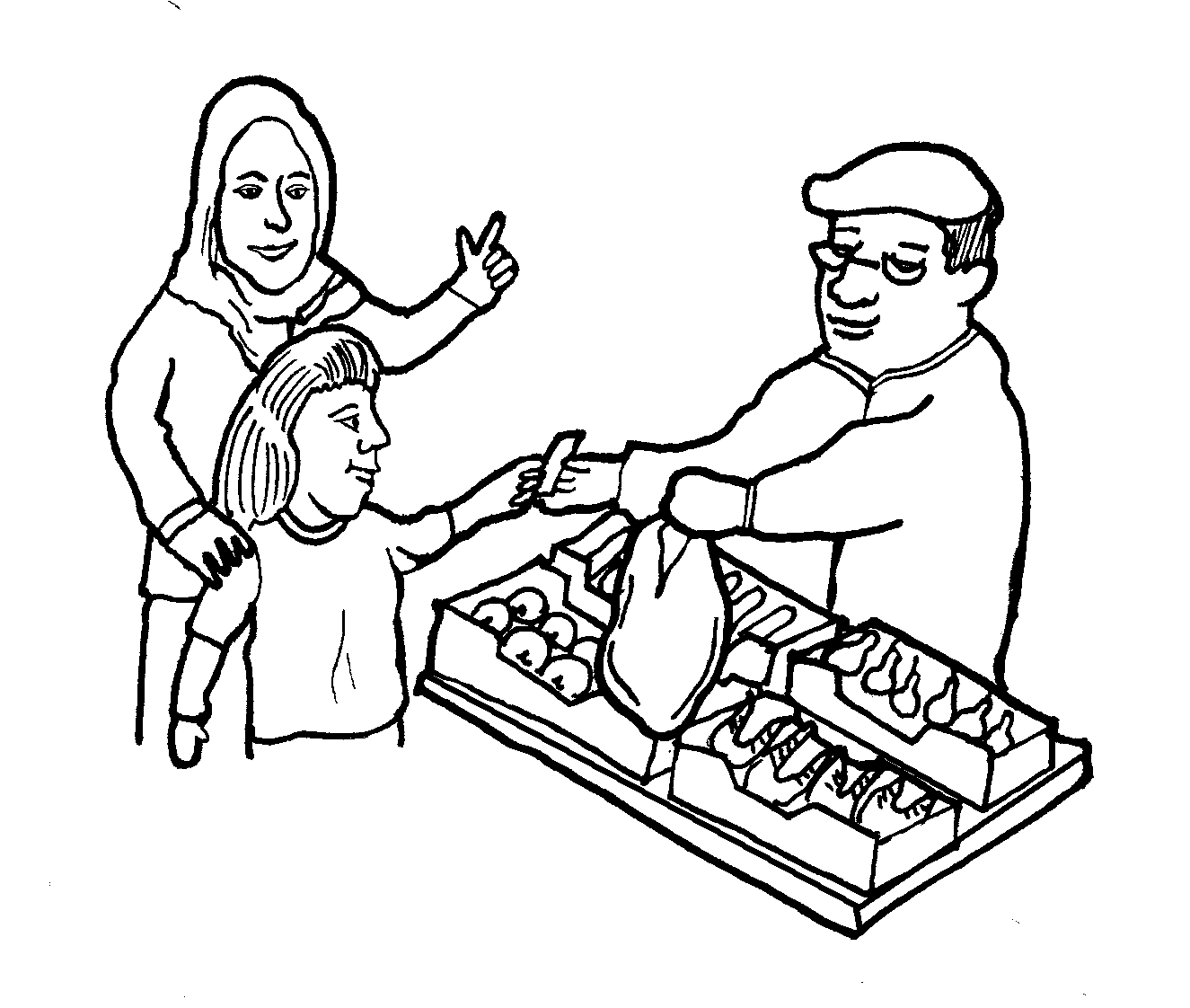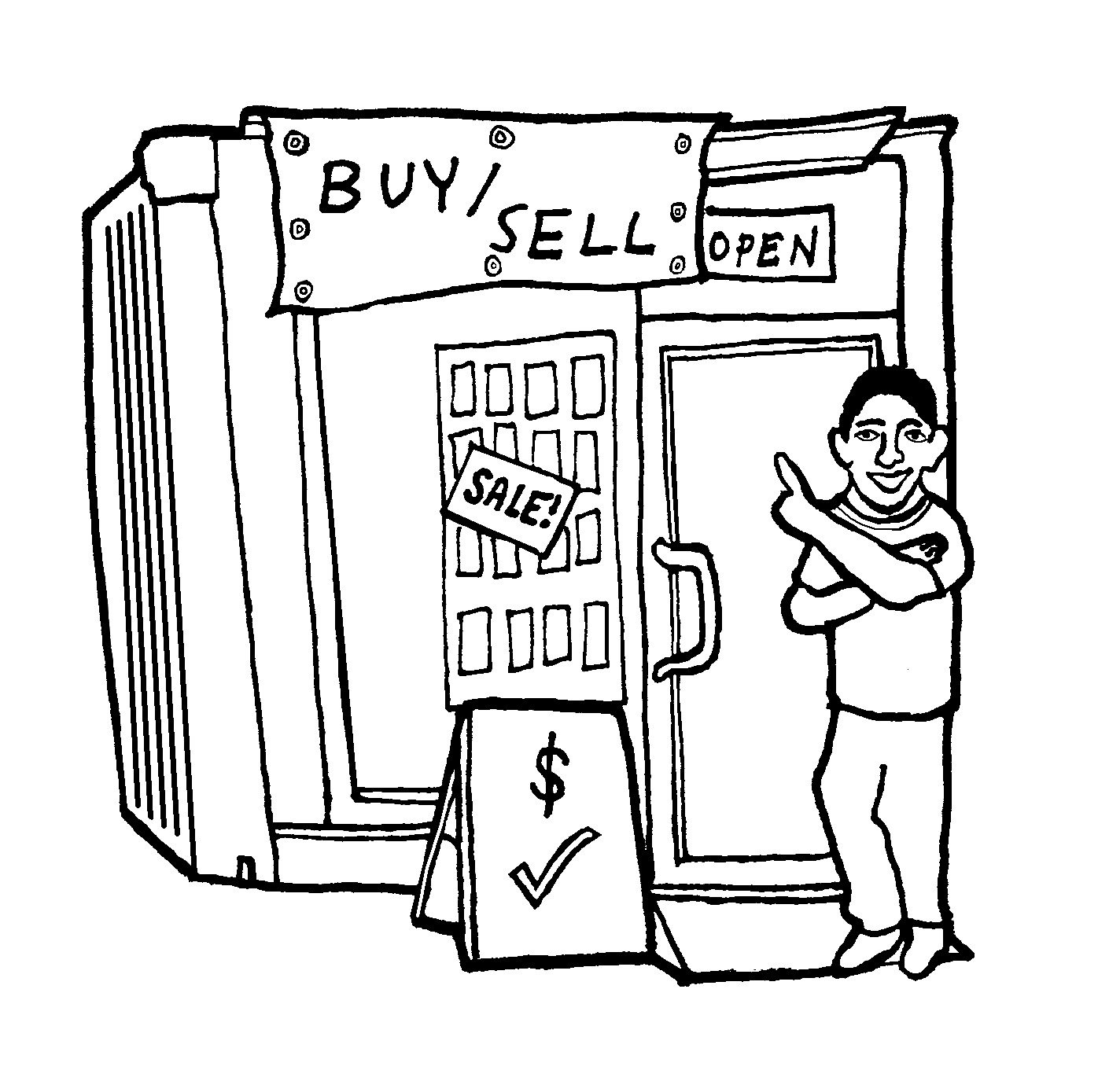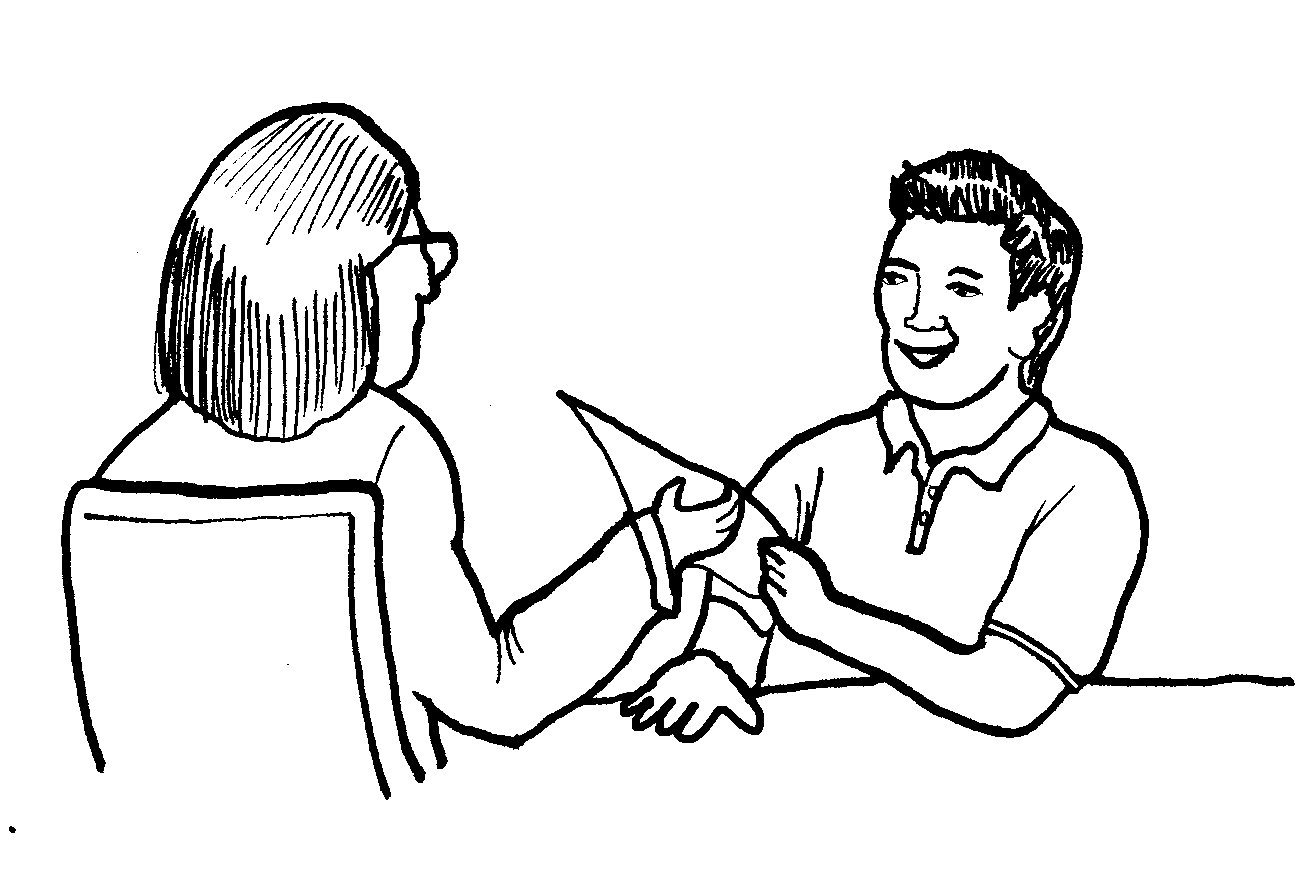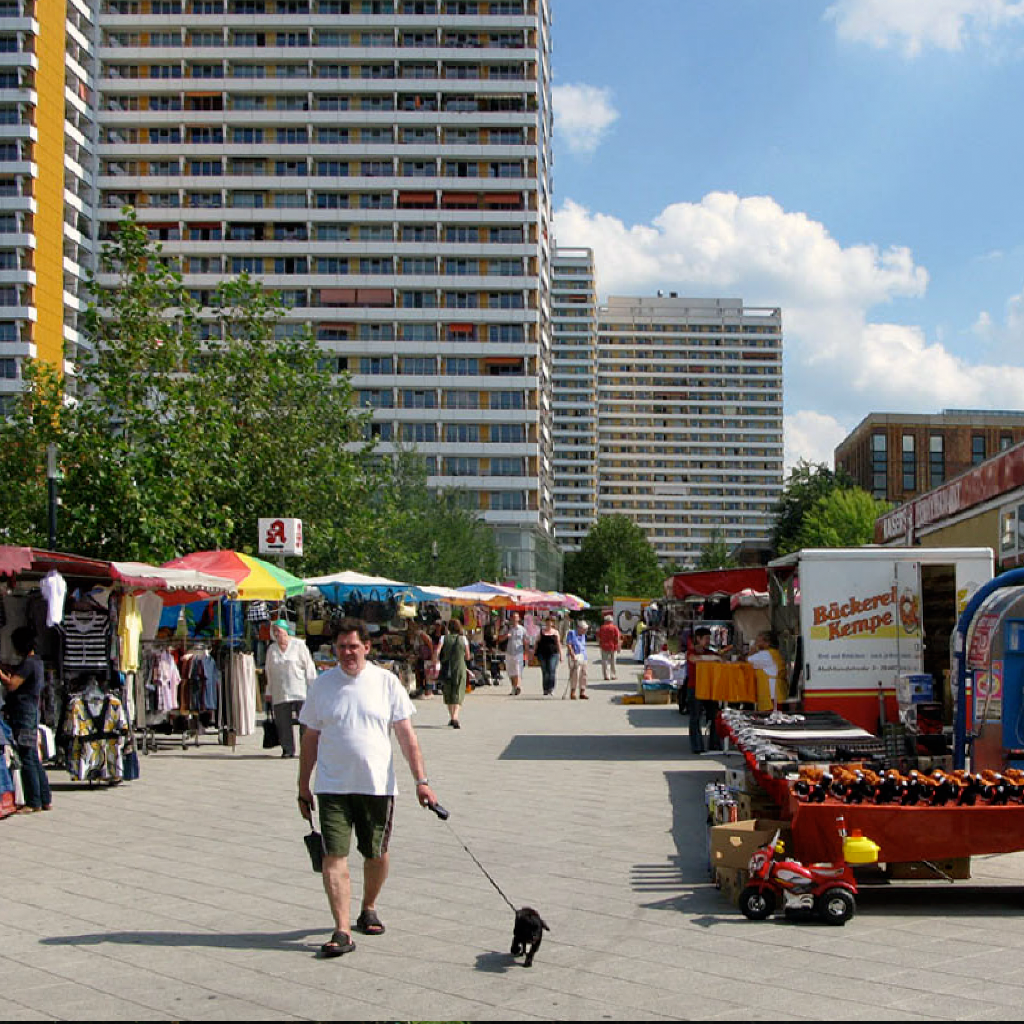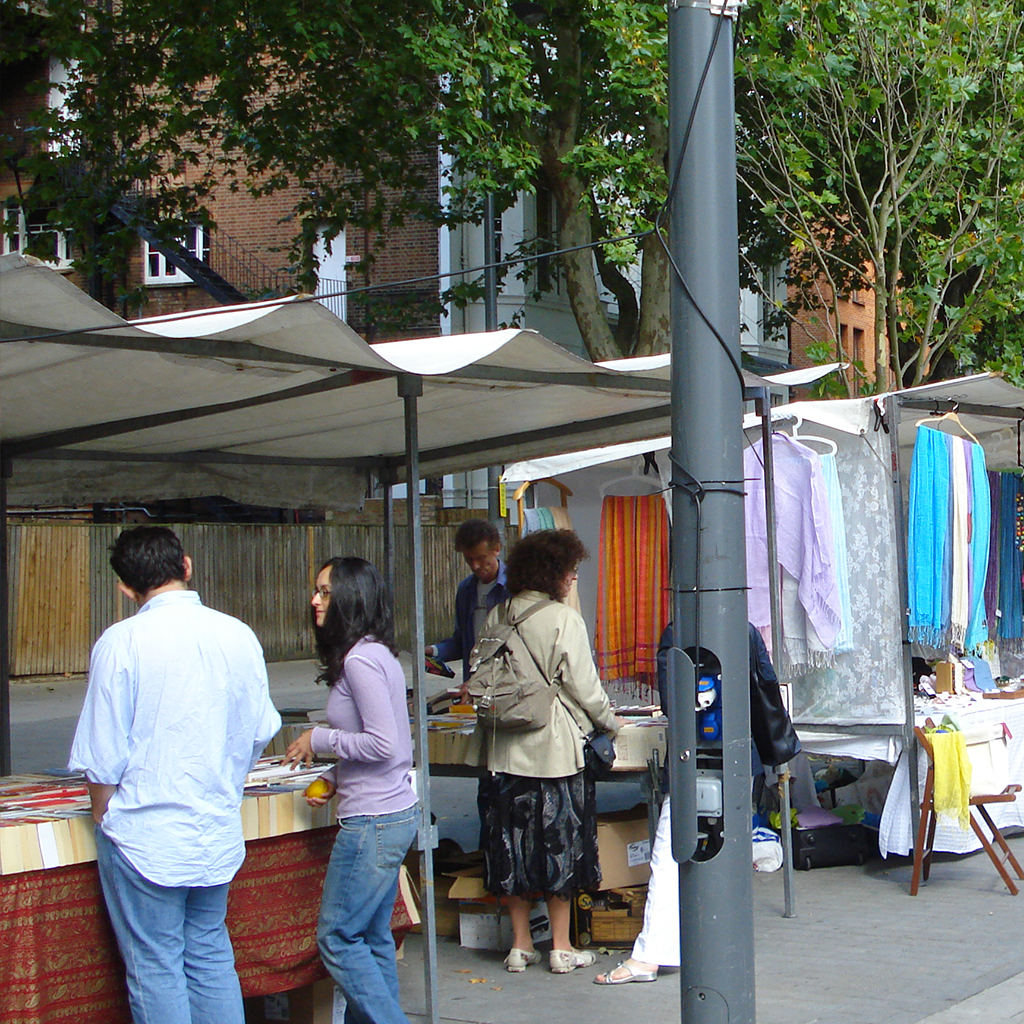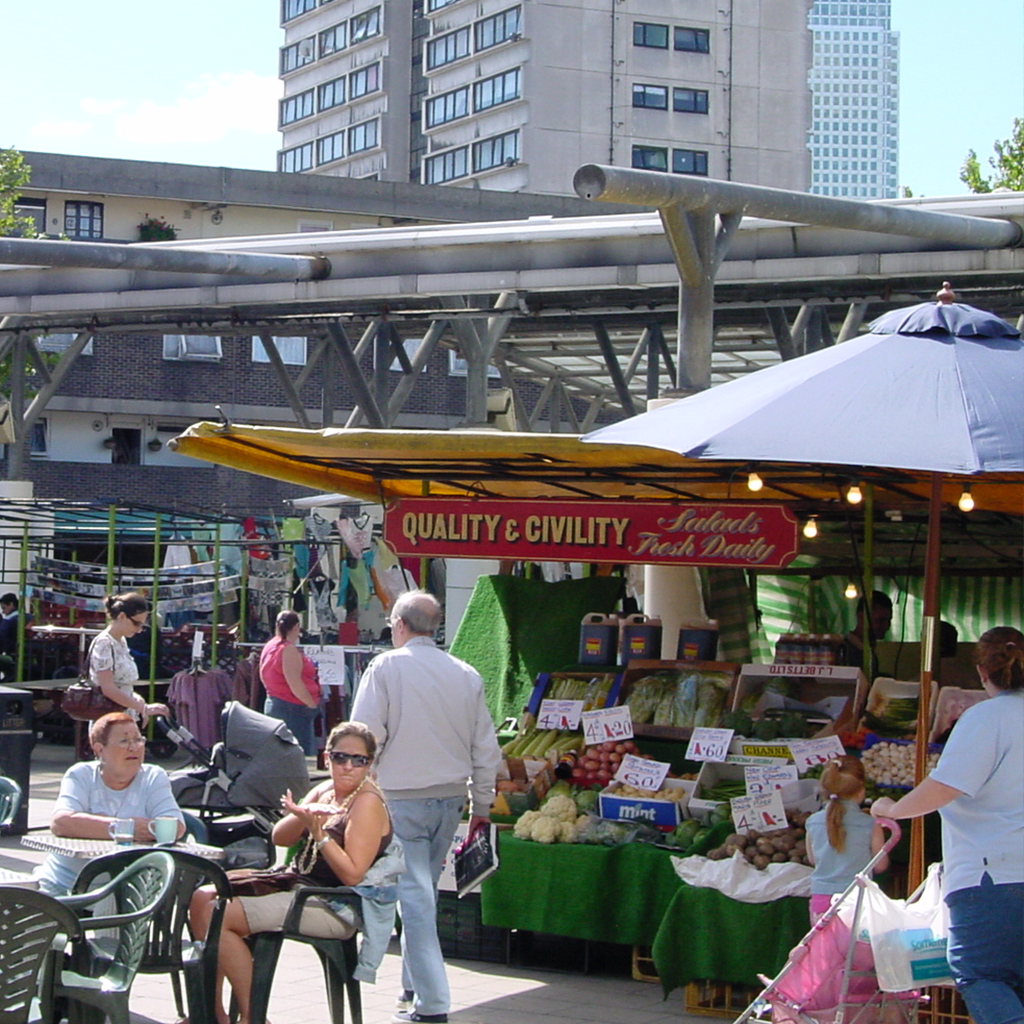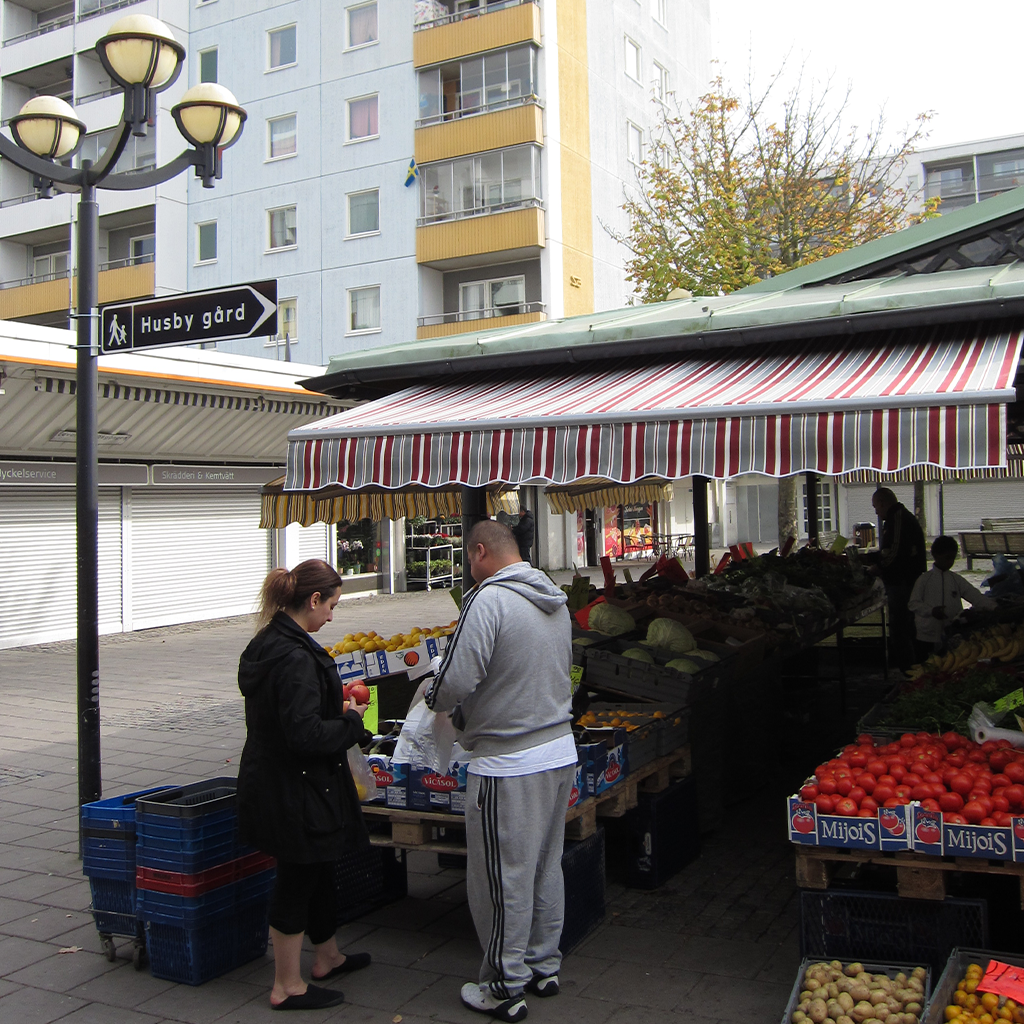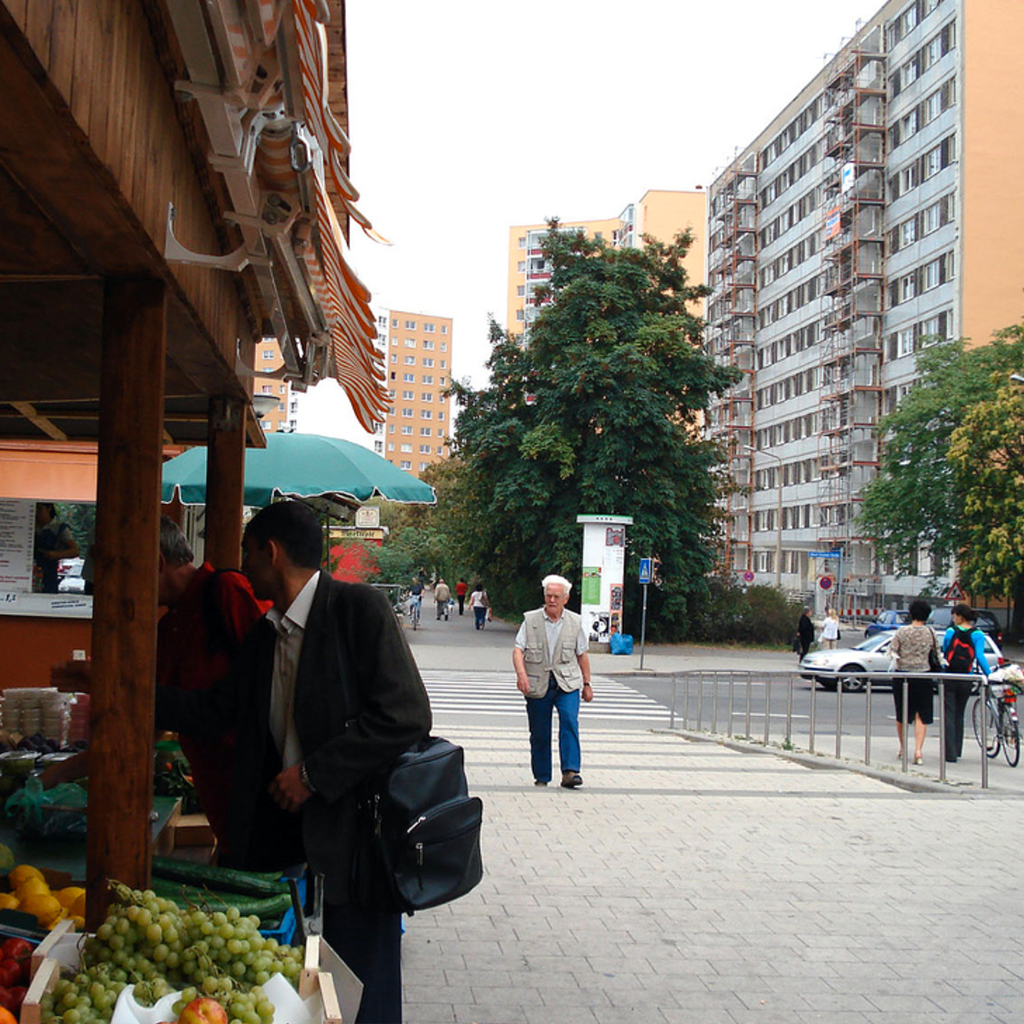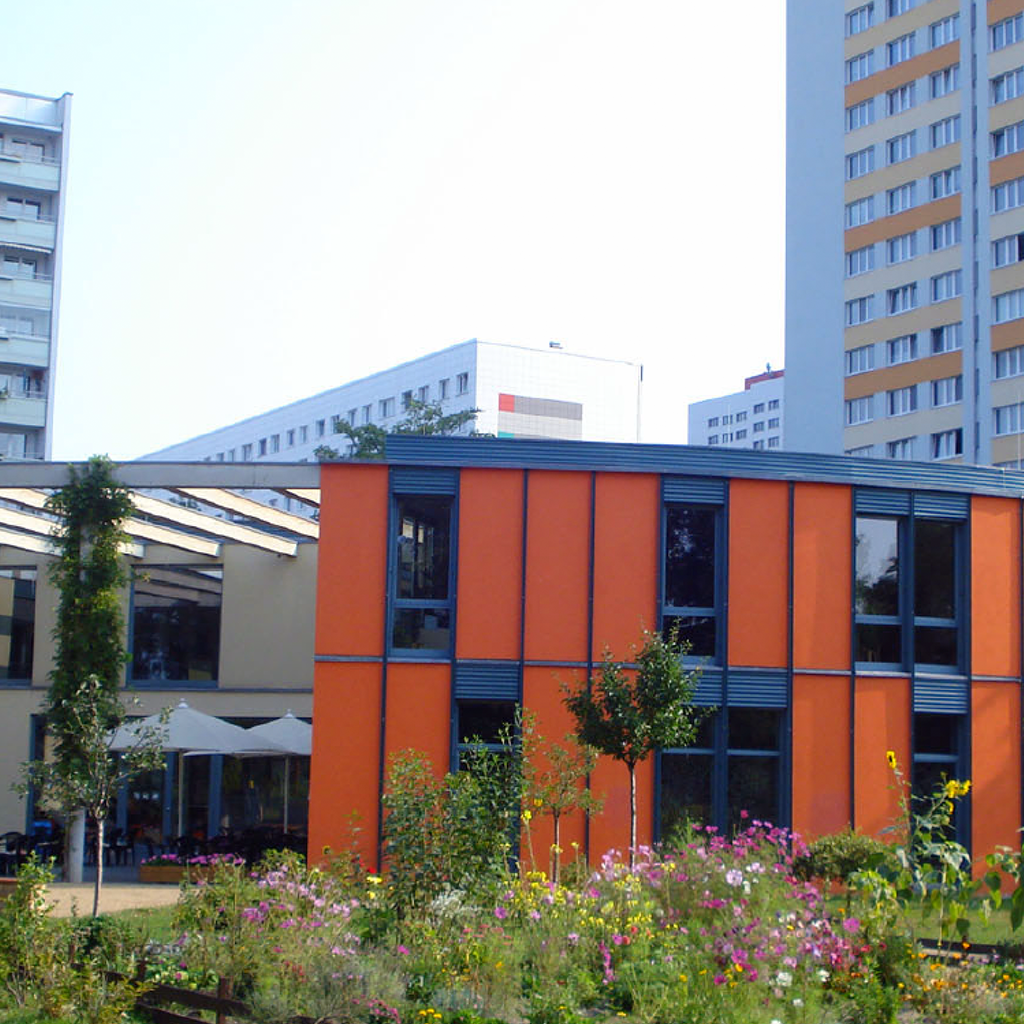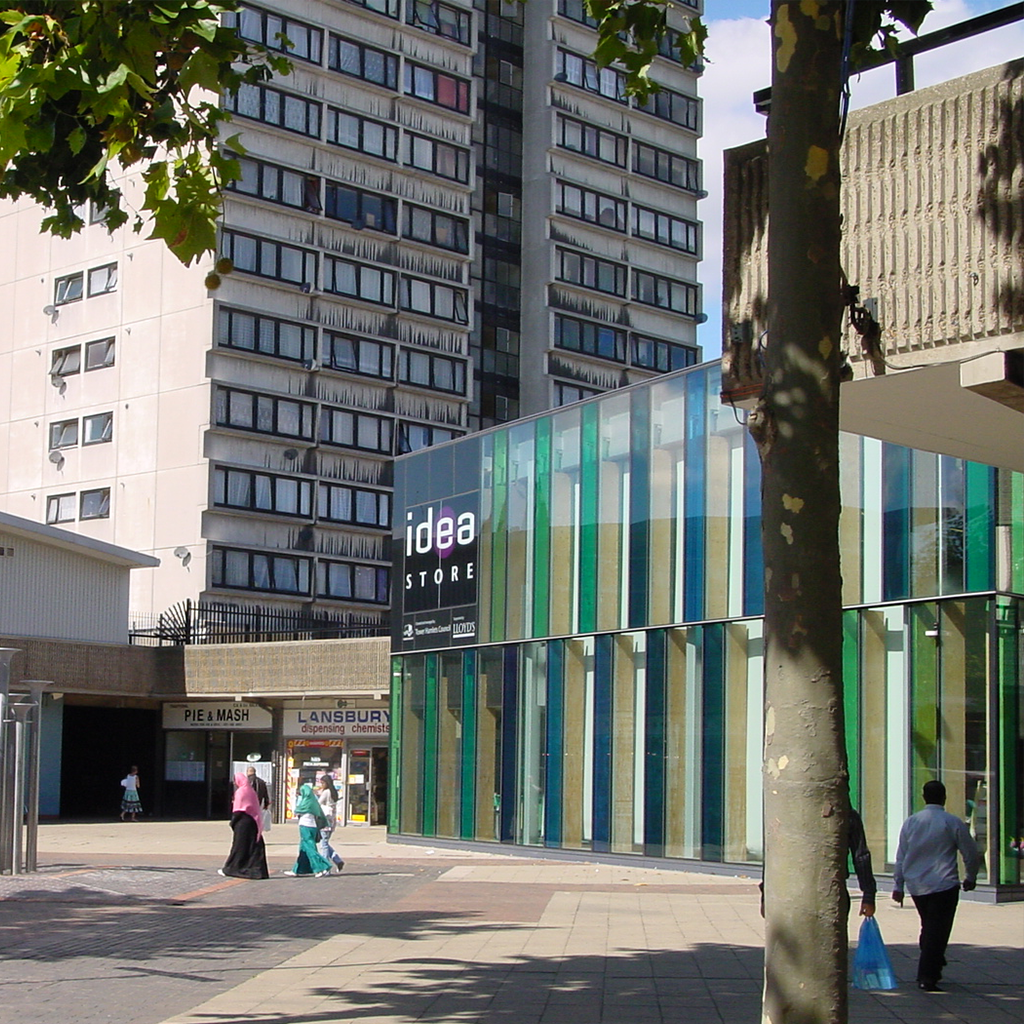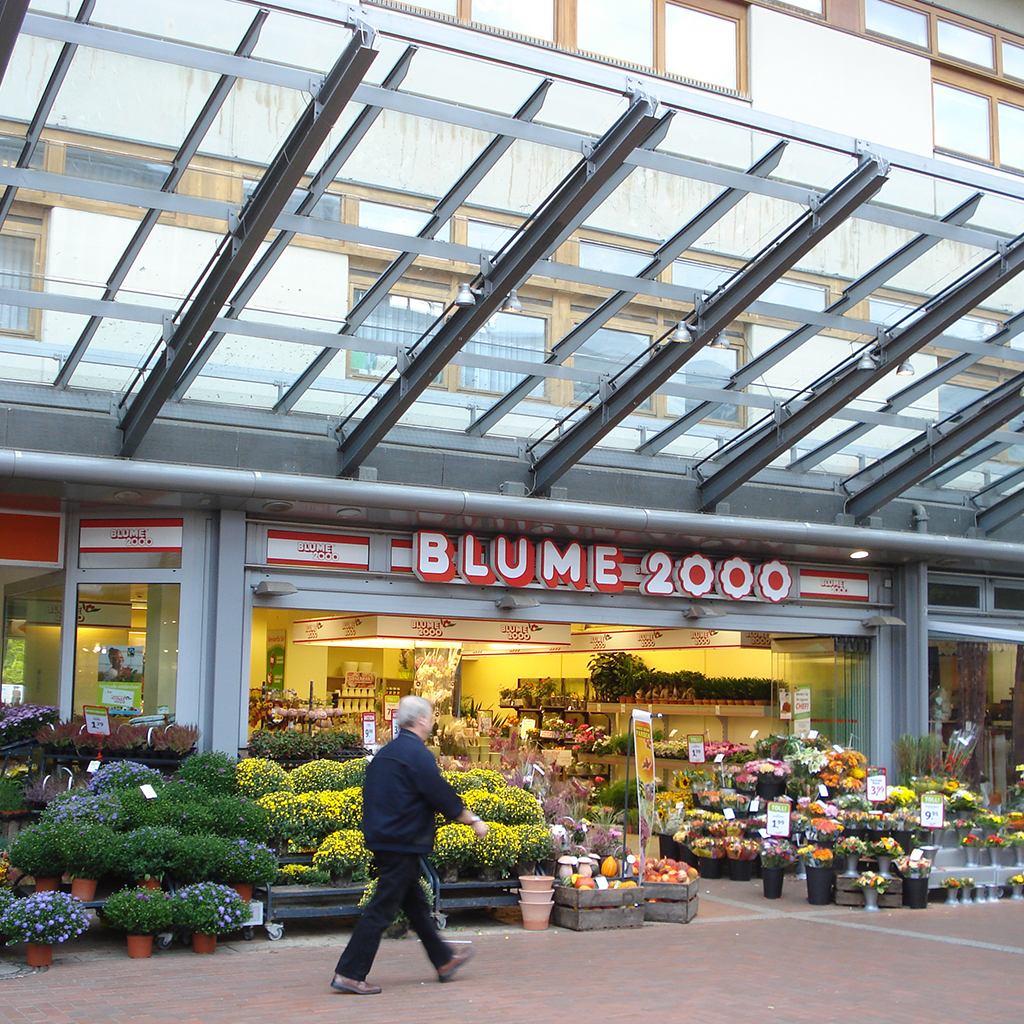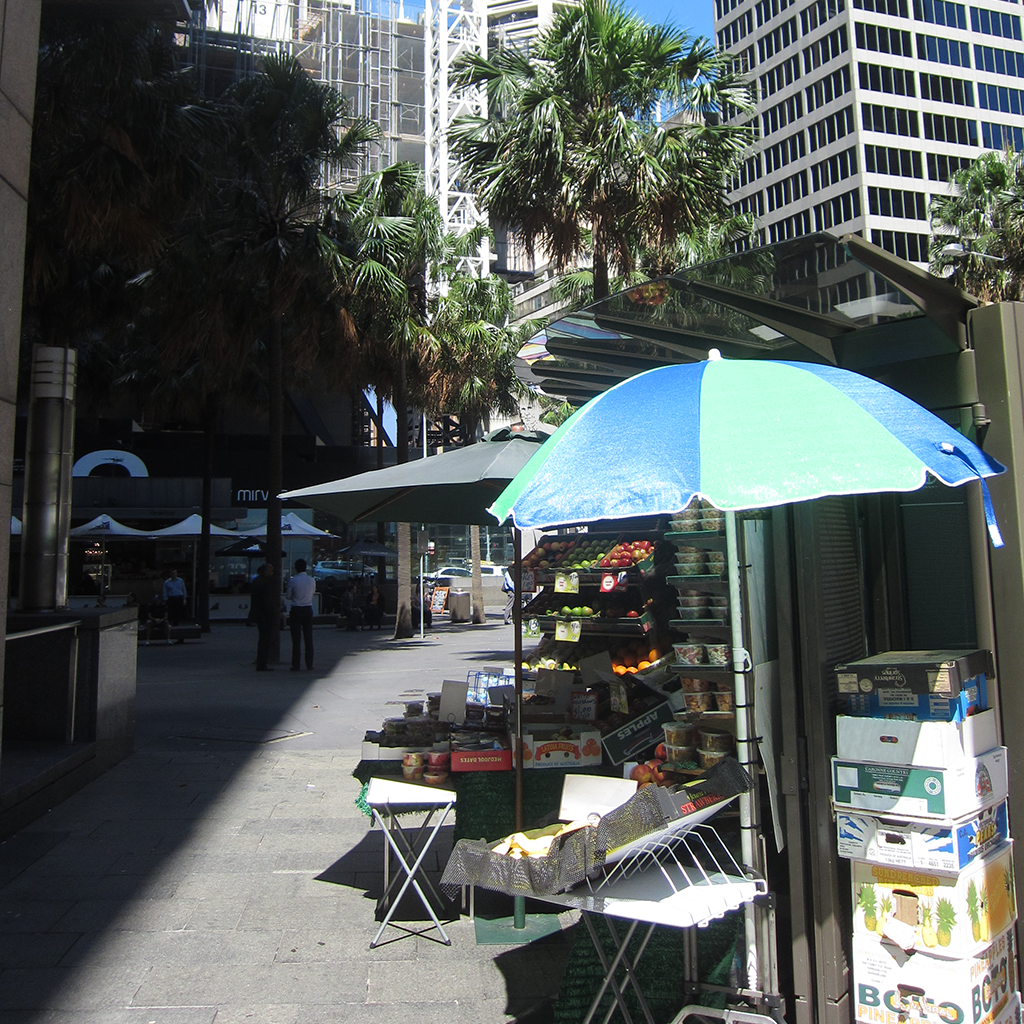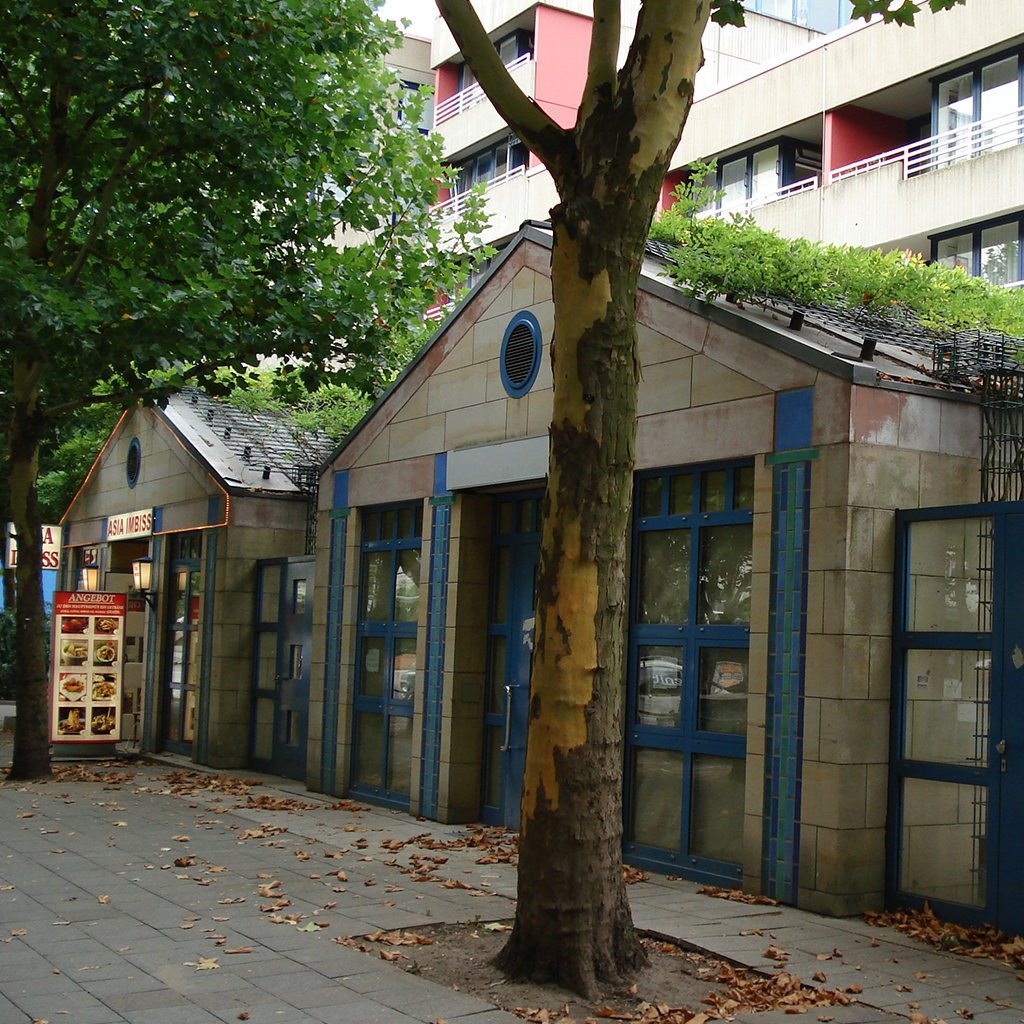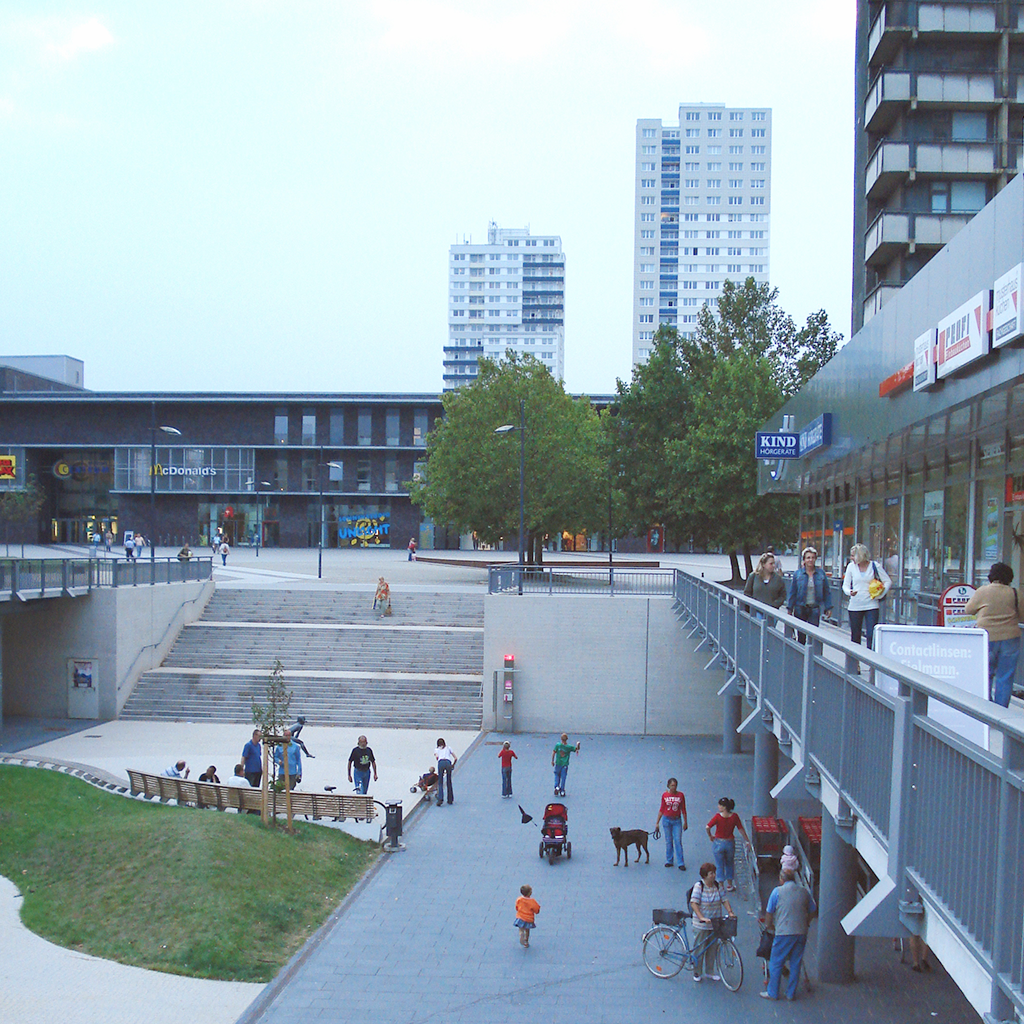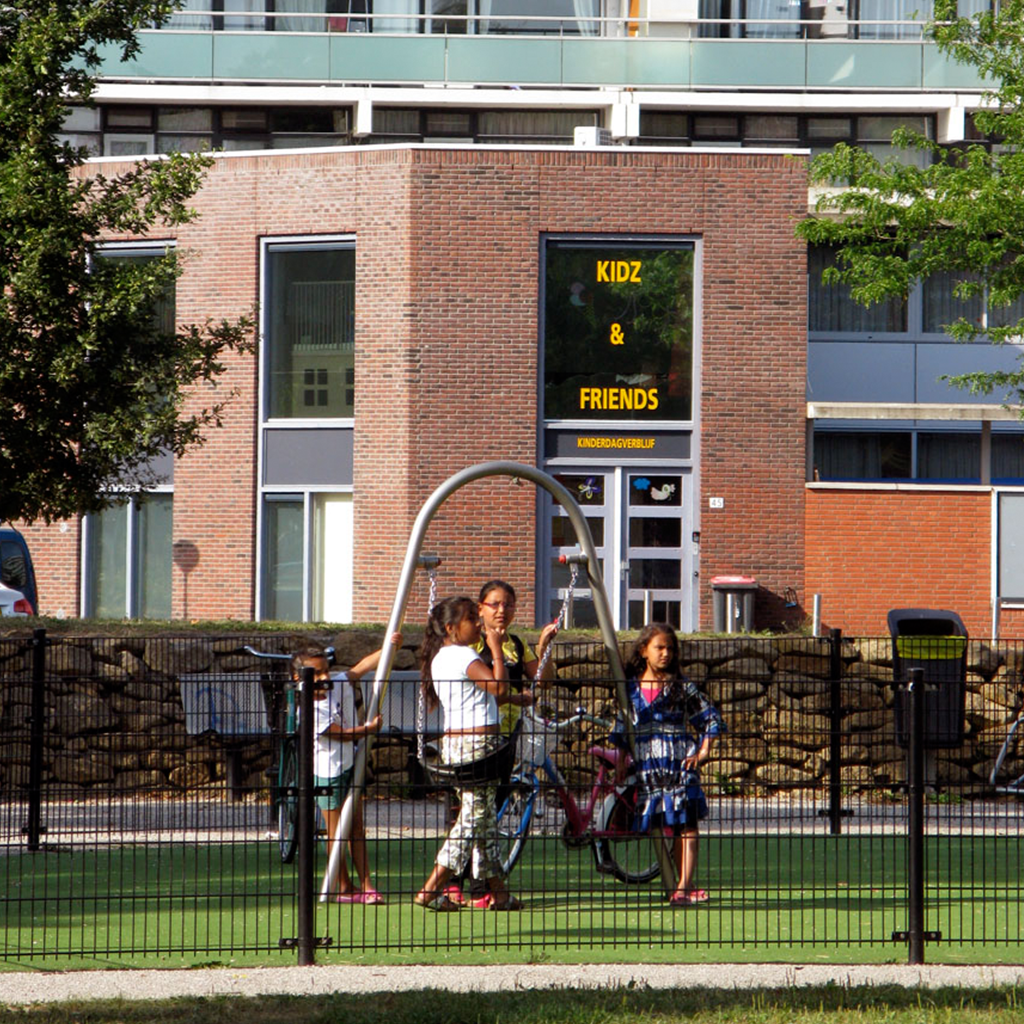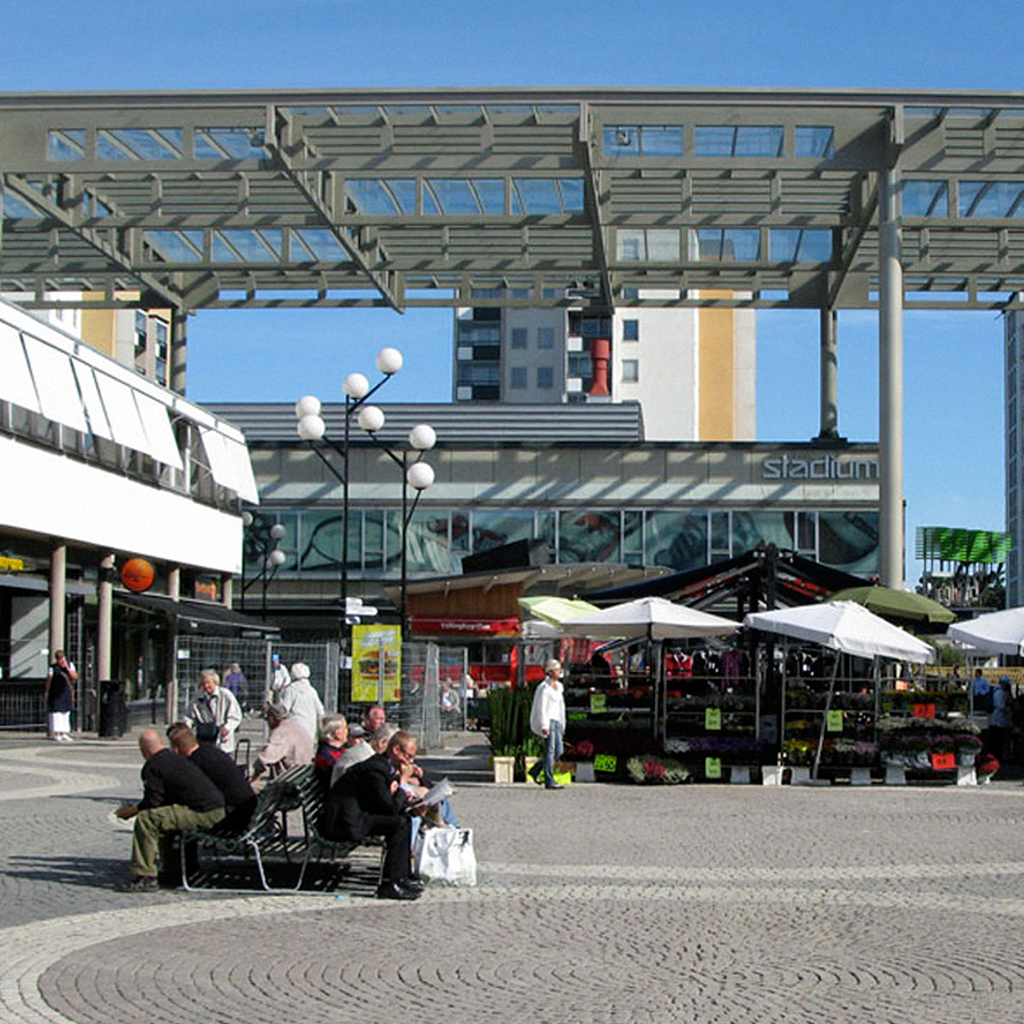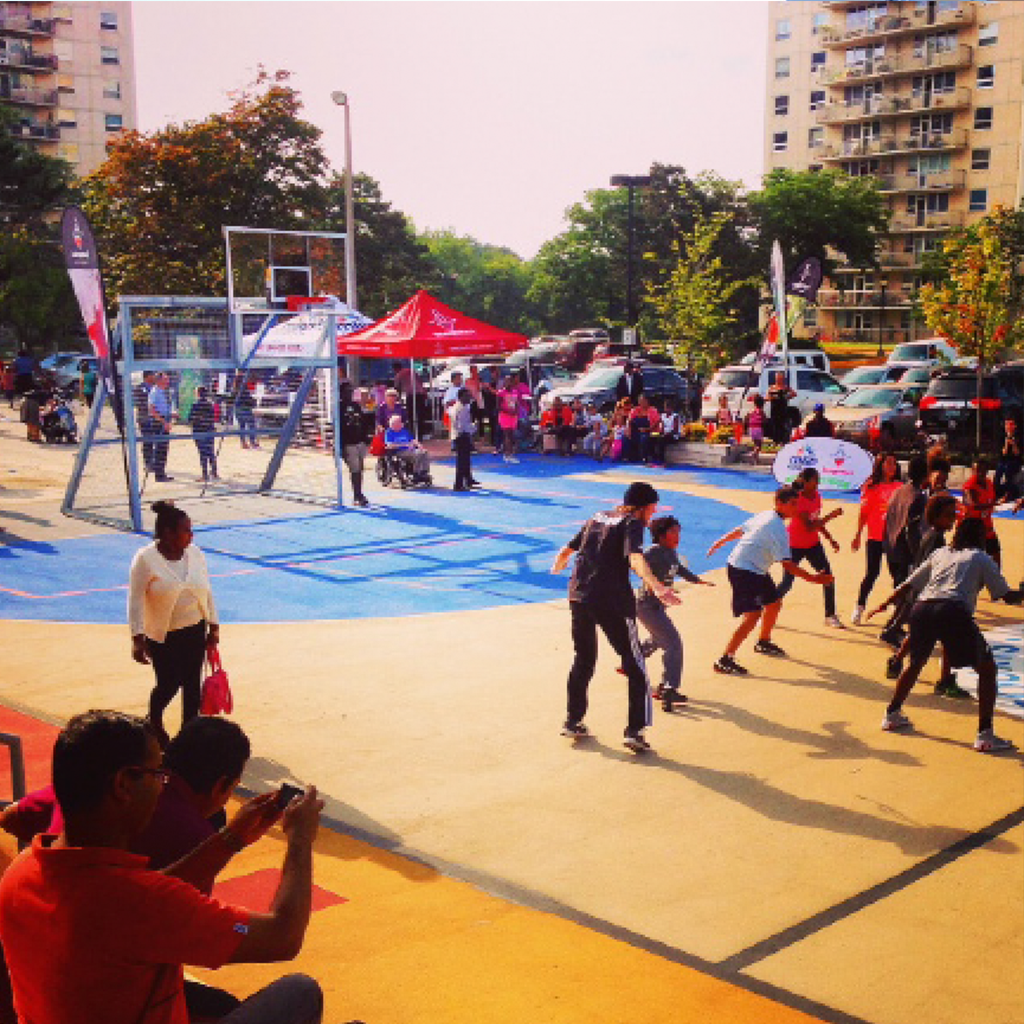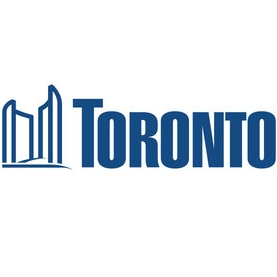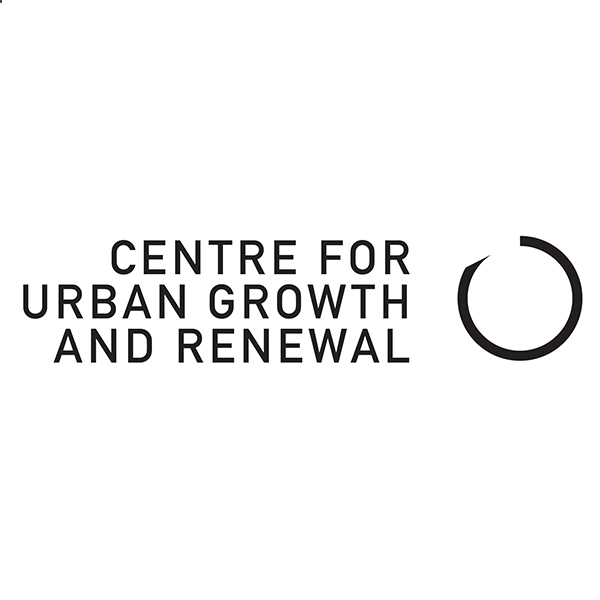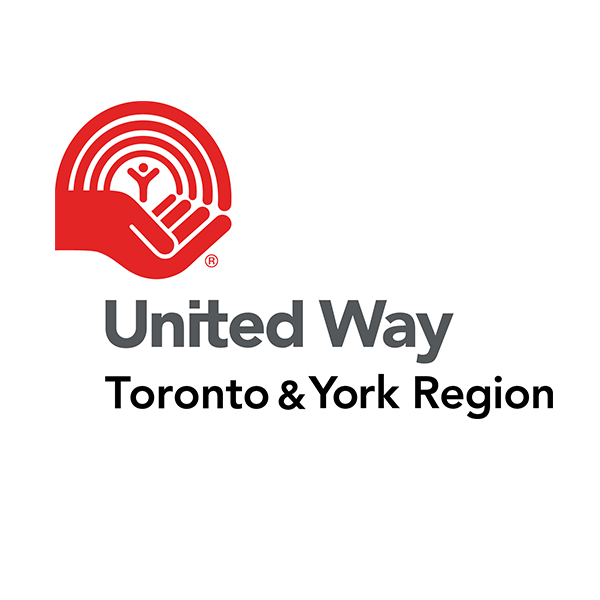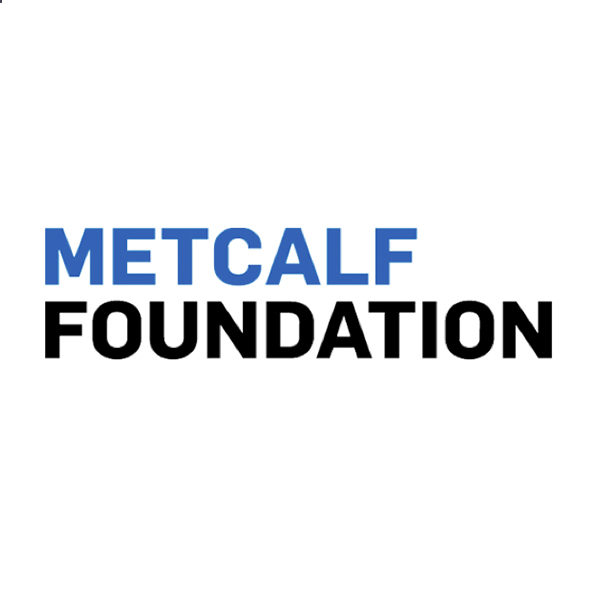

What is the RAC Zone?
What is the RAC Zone?
RESIDENTIAL APARTMENT COMMERCIAL ZONING
CREATING NEW WAYS TO LIVE, WORK, AND PLAY IN APARTMENT TOWER NEIGHBOURHOODS
WHY CHANGE?
Toronto’s mid-century Tower Neighbourhoods help give the region an urban form unique to North America, reflecting progressive ideas that were considered “smart growth” in postwar Canada. Yet while built with progressive ideas about density and suburban growth, they lack key features that many Toronto neighbourhoods take for granted: convenient and walkable access to local shops, services, amenities and the broader opportunities of neighbourhood life. In fact, these features are not only missing in many of Toronto’s tower neighbourhoods, they are prohibited by zoning laws designed for another age. As a result, many tower neighbourhoods, home to thousands, are struggling.
The new RAC Zoning changes this, bringing neighbourhood zoning into the 21st Century. This new zoning changes the rules in nearly 500 tower sites, allowing for food markets, shops, small businesses, classes, community services, cafés and other initiatives, setting the stage for communities, social innovators, service providers and the city to work together toward creating more complete, convenient and healthy communities across Toronto.

9 ways a new bylaw improves tower living in our city
9 ways a new bylaw improves tower living in our city
Local & International EXAMPLES
Local & International EXAMPLES
A complete community is one in which people can live, work, and play where their home is.
In other words they are communities that meet our needs.
Across the world, old tower neighbourhoods have been evolving toward complete, healthy, and diverse communities through small and large scale change.
The following examples from home and abroad show what change can look like!
Success Stories
Success Stories
The RAC Zone bylaw change allows for a wider range of uses
The RAC Zone bylaw change allows for a wider range of uses in and around apartment buildings creating opportunities for more complete, convenient and healthy communities. These new uses include a wide range of businesses, social supports and neighbourhood resources. Explore the stories to see how change is already happening in our city!

RAC Rules
RAC Rules
key features of the bylaw for consideration when planning your project
1.
RAC Zone projects can be located on the ground floor of apartment towers or on their grounds
2.
The maximum size of all indoor mixed uses is 1/2 of that of the tower's ground floor
3.
Outdoor uses’ combined area can equal a maximum of half of the the total ground floor
4.
A single business can use a maximum of 200m2
5.
Non-commercial uses can use a maximum of 600m2
e.g. a library or community centre6.
Additions can equal the size of the project inside the building
RAC Zoning allows for a wide range of variation—here are some other examples:
4 x 50m2
Four Small Businesses
2 x 100m2
Two Medium Services or Businesses
1 x 400m2
One Large Service
Access the official bylaw, as well as maps identifying RAC Zones across the city, from the City of Toronto.
What's Possible
What's Possible
Here Are Just some of the Many Services and Businesses that can operate in RAC Zones
The following list of services and businesses can operate in RAC Zones:
- Art gallery
- Artist studio
- ATM / Bank
- Member’s club
- Cogeneration
- Community centre
- Crisis care shelter
- Custom workshop
- Day nursery
- Education uses
- Financial institution
- Group home
- Home occupation
- Library *
- Market garden
- Medical office
- Municipal shelter
- Nursing home
- Office
- Outdoor sales*
- Performing arts studio
- Personal service shop
- Pet services
- Place of worship
- Production studio
- Private home daycare
- Public utility
- Recreation uses
- Religious
- Renewable energy
- Residential care
- Respite care facility
- Restaurant *
- Retail store *
- Retail service
- Retirement home
- Rooming house
- Secondary suite
- Seniors community
- Service shop
- Take-out eating*
- Transportation use
- Veterinary hospital
*highlighted examples are illustrated above

GET INVOLVED!
GET INVOLVED!
Want to get started?
Clearly, exciting opportunities lie ahead. But the new RAC zone is just the first step.
The next step is to act on it – to make the potential a reality.
The goal of the RAC Zoning change is a long term one, in which Tower Neighbourhoods become complete communities for their current residents. A complete community is one in which people can live, work, and play where they live. In other words, they are communities that meet peoples' needs and aspirations—places where ideas can come to life.
Realizing this change will require new partnerships between residents, tower owners, social enterprises, not-for-profit organizations, small businesses, and the city. This bylaw creates room for new opportunities—it's time to take action and see what's possible!
RESIDENTS
- Knock on your landlords’ doors. Tell them about the new RAC zone.
- Ask for landlords’ help.
- Form a residents’ association and think big.
- Share your ideas and your enthusiasm!
MANAGERS
- Provide space for residents to get creative.
- Invite tenants and outside businesses to propose ideas.
- Learn the new zoning details and lead new initiatives.
- Renovate the old and develop the new.
ENTREPRENEURS
- Look for opportunities – identify your neighbours’ needs.
- Discover a big range of business training and support offered by government, non-profits, and financial institutions.
- Start or join a Business Improvement Association.
ELECTED OFFICIALS
- Make Tower Renewal a priority.
- Promote the RAC zone to your constituents.
- Lead the way with inspiring ideas for new initiatives.
- Facilitate the process; liaise with City Hall to make ideas happen on the ground.
CITY HALL
- Streamline permits and other processes for faster concept- to-completion times.
- Communicate the RAC zone and related policy for improved accessibility.
- Create a “one-stop-shop” for Tower Neighbourhood Renewal.
ORGANIZATIONS
- Set up in lobbies and other spaces.
- Bring your service to the people who need it.
- Partner with other organizations to inspire real action.
- Advocate for healthy, lively communities.
- Create new programs with the RAC zone in mind.

rethinking zoning
rethinking zoning
Implementing the RAC Zone
The RAC Zone came into being through a long term collaboration between a group of partners including the Centre for Urban Growth and Renewal, United Way Toronto & York Region, Toronto Public Health and the City of Toronto. Together they worked to rethink the historic zoning and replace it with a new, more flexible framework linked to the aspirations of residents, and the broader goals of Tower Renewal. Following several years of research, consultation, policy design and approval processes, the RAC zone is now a reality. Tower Neighbourhoods across the city can now begin the process of incremental change toward more integrated, vibrant, and diverse community hubs.
It’s time to get started!
Project Development Partners
Project Sponsors
Special thanks to the City of Toronto Zoning Team and Tower Renewal Office for
making recommendations for the RAC zone a reality!
RAC Project Team:
City of Toronto:
Joe D'Abramo, Jane Welsh, Alan Theobald, Aderonke Akande, Elise Hug
Centre for Urban Growth + Renewal:
Graeme Stewart, Michael McClelland, Ya'el Santopinto, Jason Thorne, Bryan Bowen, George Martin;
United Way Toronto and York Region:
Pedro Barata, Lorraine Duff, Jamie Robinson, Nauman Khan;
Site Editorial Board:
Graeme Stewart, Centre for Urban Growth + Renewal;
Pedro Barata, United Way of Toronto;
The City of Toronto
Site Authors: Josh Thorpe, Carl Shura, Simon Rabyniuk
Cover Image: Will MacIvor
RAC Zone Illustrations: Daniel Rotsztain
RAC Rules Diagrams: Simon Rabyniuk

